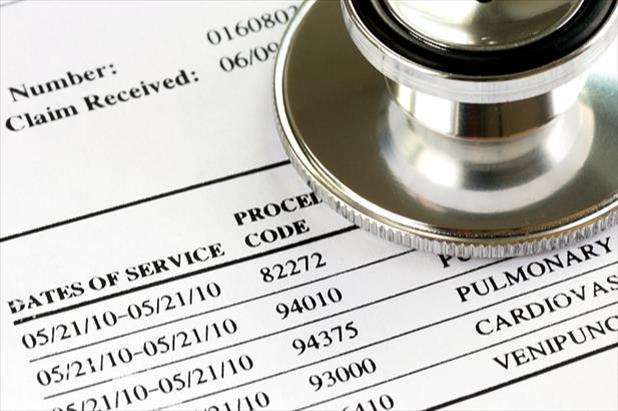Hospital Pricing Transparency Update

Background
On November 15, 2019, former President Trump signed the Price Transparency Executive Order, declaring that all non-governmental hospitals needed to comply with the following requirements:
- Provide an online price estimation tool embedded into the hospital’s website, or display 300 “shoppable” services in a consumer friendly format; and
- Display all “standard” charges in a machine readable format (CSV, XML, etc). All files are required to include the following information:
- Billing identifier (CPT/HCPCS/DRG/ NDC, etc);
- Description of service;
- Gross charge;
- De-identified minimum and maximum payer negotiated rates;
- Payer-negotiated rates; and
- Self pay cash rate.
Current Status of Pricing Transparency
On October 15, 2020, the American Hospital Association (AMA) argued several reasons why this rule should be overturned, including administrative burden, complexities in negotiated allowances that may or may not be meaningful to patients, health plans may have different cost sharing structures, patients may not fall into a particular category until post-service, and volume discounting (Docket No. 20-5193). The AMA furthered argued that the combinations could be unlimited, making it potentially impossible to list every standard charge.
On December 21, 2020, the AMA wrote to the Biden transition team sharing concerns, specifically mentioning the COVID pandemic, that this time was not the right time to implement these requirements.
On December 29, 2020, the U.S. Court of Appeals for the District of Columbia (Court) upheld the ruling as-is. The Court cited the Affordable Care Act of 2010, Section 2718, which states that, each year, hospitals are required to publish a list of standard charges. However, the original rule never defined what a “standard charge” is. This more recent ruling provides a clearer definition. Additionally, the Court discusses that the chargemaster price is not meaningful, and consumers are currently highly confused. The Court felt that, due to this confusion, publishing the payer negotiated rates would not confuse the situation further.
To-date, the Biden Administration has not addressed the topic, and The Centers for Medicare and Medicaid Services (CMS) has started their compliance audits.
There is currently a civil penalty of $300 per day, per hospital, for non-compliance. By the end of February 2021, 59 days will have passed, and the total potential fine could be $17,700 per hospital. Providers are allowed to formally appeal the fine, however, given the attention that the cost of healthcare has received over the past decade, and the Court has upheld the ruling, further changes to the price transparency requirements are unlikely. The CMS compliance reviews have reported mixed results to-date. BNN has reviewed the price transparency compliance of several hospitals in the Northeast and has also encountered mixed results, including many hospitals with low, or no, compliance.
IF YOU HAVE ANY QUESTIONS, OR WOULD LIKE TO REVIEW SAMPLE FILE FORMATS, PLEASE CONTACT THE FOLLOWING MEMBERS OF OUR HEALTHCARE ADVISORY GROUP:
Robert M. Gilbert, FHFMA, COC: Senior Manager
Disclaimer of Liability: This publication is intended to provide general information to our clients and friends. It does not constitute accounting, tax, investment, or legal advice; nor is it intended to convey a thorough treatment of the subject matter.

